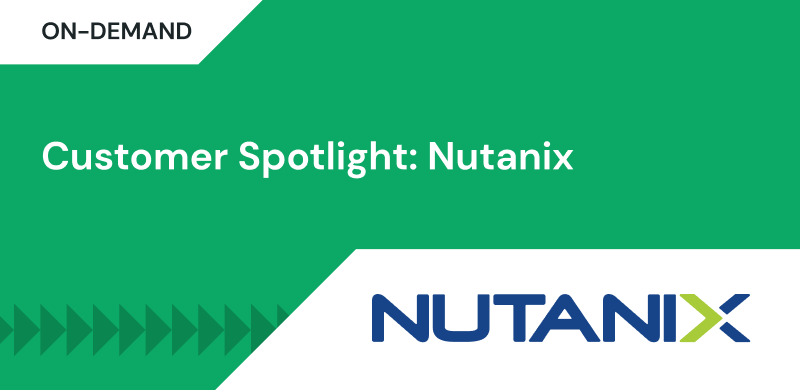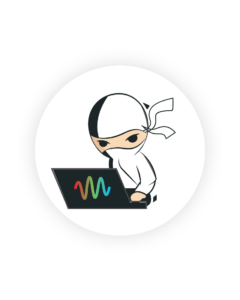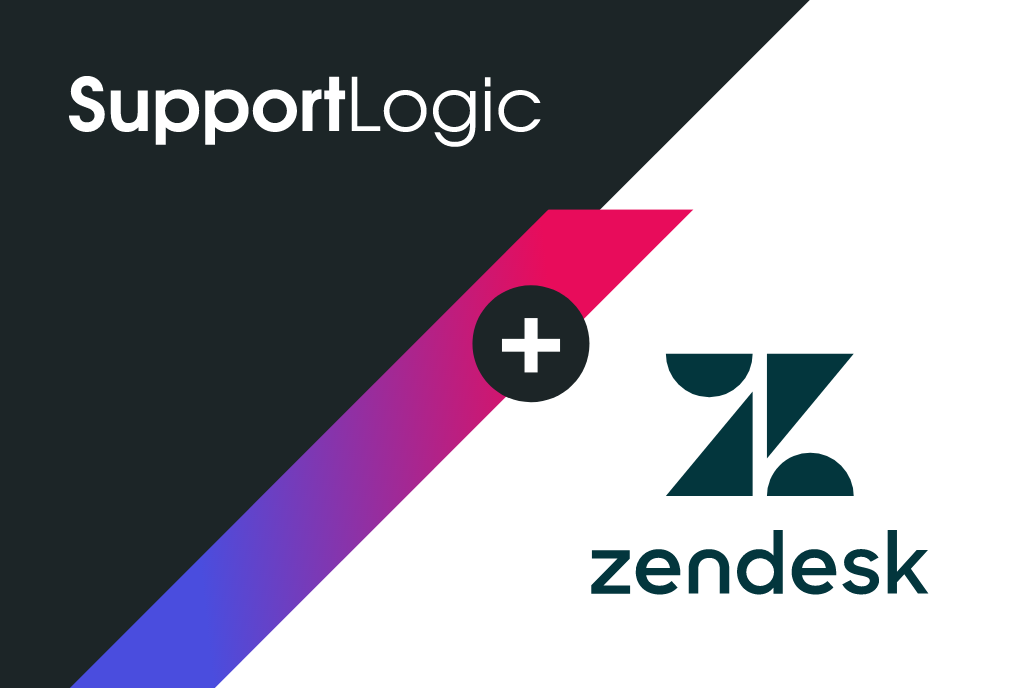
Sep 8, 2020
Why I’m Excited About SupportLogic
CX Transformation
I have had the good fortune of working in engineering for large enterprise companies like VMware, Cisco, and Brocade, as well as several small startups. I learned a lot from the best and worst of these worlds. I had numerous interactions helping Support teams at each company, but it was really at Springpath (which was acquired by Cisco in 2017) where I had the most profound learning experiences at the intersection of support and engineering.
Support faces many challenges on its way to excellence
A customer experience promoter has a lifetime value to a company that’s 600 to 1,400% that of a detractor (source: Bain & Company).
Successful customer support relies on many aspects: attention to detail, timely responsiveness, caring for the customer, technical expertise, customer awareness and collaboration. Many of these aspects are often floating around in a few people’s heads, tribal knowledge that is siloed away from the rest of the company. It is hard to harness their collective wisdom for the benefit of the larger teams. Wouldn’t it be great if this knowledge could be codified and automated? It would serve as a real-time virtual coach for everyone on the team.
Another challenge is that metrics are often based on after-the-fact surveys that lead to KPIs like NPS and CSAT. This is like looking in the rearview mirror while driving. Wouldn’t it be much more effective if we could get real-time feedback on what customers care about right now instead of last month or last quarter?
The irony is that there are already a ton of useful insights that can be gleaned in real-time from the unstructured data in emails, chats, and voice conversations that customers are having with support teams. But existing support ticketing systems are predominantly systems of record (SoR) that focus almost exclusively on structured data (i.e. metadata) like severity, age, and so on.
Unstructured data has a much higher fidelity than surveys. Surveys often come with a huge time lag, and people may not even respond at all. Surveys more easily move people to respond from a self-selection or survival bias: you’re mostly going to hear from people who are really happy or really disappointed and who haven’t yet abandoned the company’s product.
Why SupportLogic is unique
SupportLogic’s Intelligent Support™ Platform addresses these challenges by transforming customer support from a reactive, best-effort approach to a proactive, predictive approach where the support team is able to assist, influence and lead the customer to a timely and successful resolution.
This happens in real-time. Our patent-pending IP works with machine learning methodology, deep neural networks, and natural language processing to constantly process the unstructured data in ongoing conversations, then couples it with structured data to make intelligent predictions and recommendations.
These AI assets start with a wealth of experience and learnings from the very beginning, thanks to our own support experts and data scientists. Beyond that, they also constantly improve the assets by retraining the models and classifiers as the end users provide feedback while using the product. Thus the tribal knowledge and expertise that was previously only available to a few people now gets codified, is used to coach the larger team, and constantly improves with community feedback.
SupportLogic supplements coarse legacy KPIs like NPS and CSAT with higher fidelity and real-time metrics, like customer sentiment, attention score, escalation predictions, and beyond. Plugging into the voice of the customer in real-time empowers the team to operate at higher levels of efficiency, effectiveness and engagement.
SupportLogic does not try to reinvent traditional SoRs, but provides a layer of intelligent inferencing and workflow management to complement the SoR. Thus SupportLogic works with most of today’s leading ticketing systems, like SalesForce, ServiceNow, Zendesk, MS Dynamics, and Jira. There is tight two-way integration between SupportLogic and the underlying SoR. Whether they are managers or agents, users can update cases directly in SupportLogic or take actions through the suggested workflow steps. The underlying SoR is automatically updated as the single source of truth.
Popular features include tracking customer sentiment in real-time, identifying what support aspects need more attention, identifying which cases are most at risk of being escalated, offering guidance on best practices to agents on how to respond to a case to meet SLAs, and so on.
The ultimate proof is in the customer adoption, referrals and testimonials. Almost all of our customers have tried in-house projects or various solutions by other vendors before choosing SupportLogic — they have seen clear evidence of the unique value it provides, as measured by traditional metrics like NPS, CSAT, and MTTR. There are significant improvements to each of these metrics after adoption. Most of our customers increase their usage of our product over time, whether by adding more licensed features, increasing seat counts, or similar. Please take a few moments to review some of their endorsements right here.
SupportLogic is delivering unprecedented value through innovation and has a strong emphasis on solving real-life problems that end users actually face. This trail-blazing company is revolutionizing how support teams work. One of our investors recently wrote up his decision to invest in SupportLogic — do check it out here.
Don’t miss out
Want the latest B2B Support, AI and ML blogs delivered straight to your inbox?






